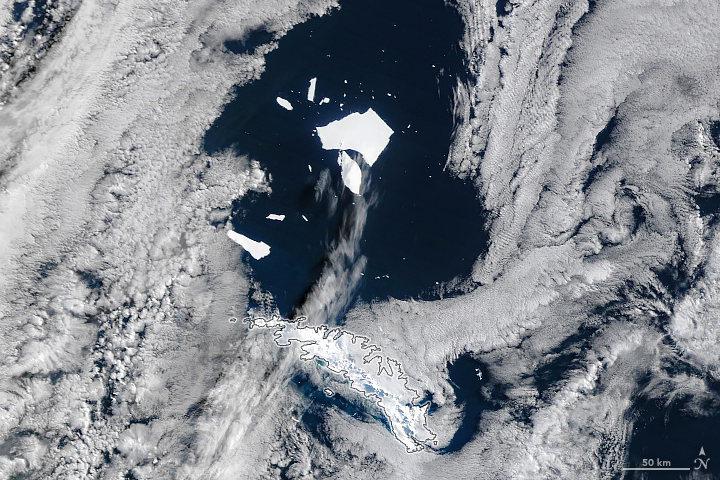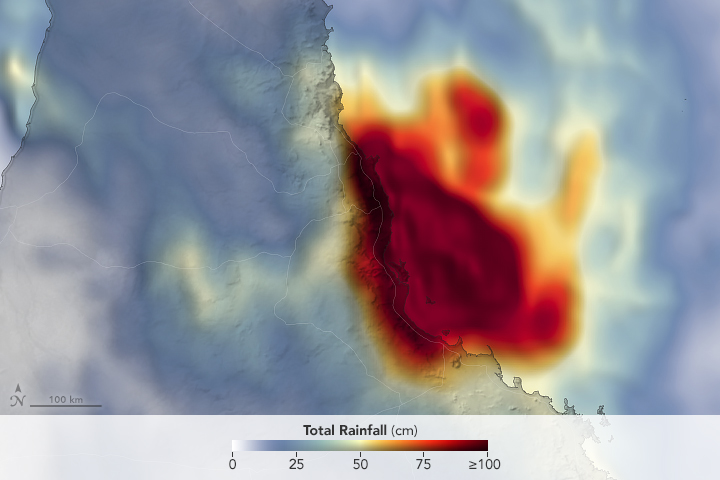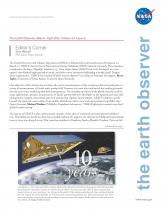- Home
- Missions
- Data
- Communications
- People
- The Earth Observer Newsletter




Recent Imagery
You will be directed to the NASA Visible Earth webpage when you select Images by Mission below, or click on the images at right that are randomly generated to represent four out of all possible topics.
The Earth Observer has a new look! Visit the NEW Earth Observer website.
The Earth Observer: Mar - Apr, 2012
In This Issue
Click title below to view page
- Editor’s Corner Front Cover
- Feature Articles
- Assessing the State of GRACE@10 4
- DEVELOP Students Use NASA Earth Observations to Monitor Wildfires from Space 14
- Meeting/Workshop Summaries
- 40th ASTER Science Team Meeting Report 22
- 2011 CLARREO Science Definition Team Meeting Summary 26
- The GOFC–GOLD Fire Implementation Team Workshop–Satellite Remote Sensing of Fires: Current Progress and Future Prospects 29
- Precipitation Measurement Missions Science Team Meeting Summary 36
- NASA Sponsored Workshop on Evaluating the Impact of Earth Science 41
- Ocean Surface Topography Science Team Meeting 43
- In The News
- Ozone Suite on Suomi NPP Continues More Than 30 Years of Ozone Data 48
- NASA Map Sees Earth’s Trees in a New Light 51
- Regular Features
- NASA Earth Science in the News 52
- NASA Science Mission Directorate – Science Education and Public Outreach Update 54
- Science Calendars 55
Editor's Corner
Steve Platnick, EOS Senior Project Scientist
The Gravity Recovery and Climate Experiment (GRACE) celebrated the tenth anniversary of its launch on March 17. GRACE was the first of Earth System Science Pathfinder (ESSP) missions to launch. These missions complement the larger “flagship” missions (e.g., Terra, Aqua, Aura). GRACE had to be developed in a cost capped, time-limited implementation mode, and had to meet extremely challenging scientific goals. Despite those requirements, “GRACE has exceeded all of the mission objectives” according to Principal Investigator, Byron Tapley [University of Texas, Austin, Center for Space Research]. One objective of the mission was to reduce the error in measurements of the oceanic geoid by increasing the accuracy of measurements of Earth’s static gravity field. However, the team also understood the exciting potential that lay in the time variable gravity field measurements. The monthly repetition of the global, accurate, and for many applications, synoptic measurements of Earth’s gravity field have shed light on the dynamic processes that underpin the complex, interrelated system of systems that regulate Earth’s climate. GRACE’s ability to probe beneath the land and ocean surface from satellite altitudes provides a...
Read more...

